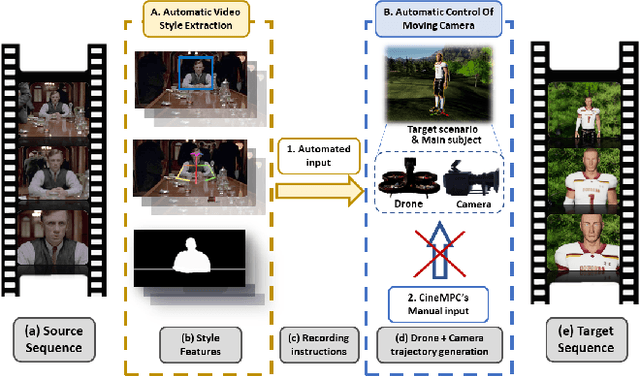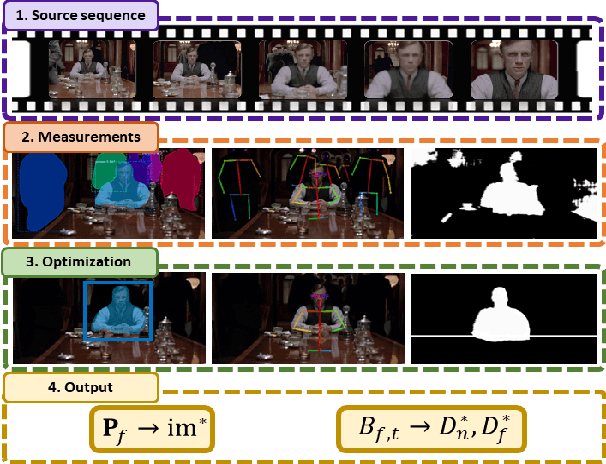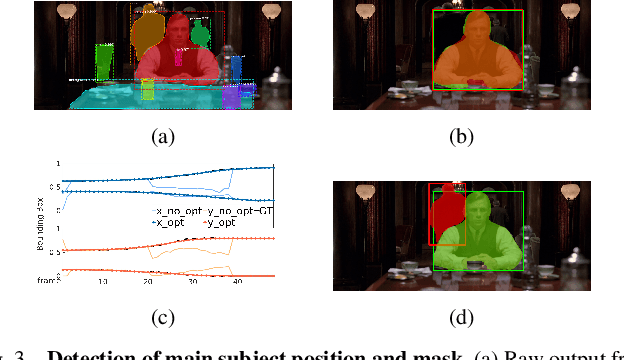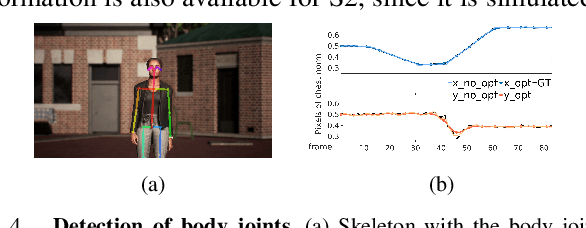CineTransfer: Controlling a Robot to Imitate Cinematographic Style from a Single Example
Paper and Code
Oct 06, 2023



This work presents CineTransfer, an algorithmic framework that drives a robot to record a video sequence that mimics the cinematographic style of an input video. We propose features that abstract the aesthetic style of the input video, so the robot can transfer this style to a scene with visual details that are significantly different from the input video. The framework builds upon CineMPC, a tool that allows users to control cinematographic features, like subjects' position on the image and the depth of field, by manipulating the intrinsics and extrinsics of a cinematographic camera. However, CineMPC requires a human expert to specify the desired style of the shot (composition, camera motion, zoom, focus, etc). CineTransfer bridges this gap, aiming a fully autonomous cinematographic platform. The user chooses a single input video as a style guide. CineTransfer extracts and optimizes two important style features, the composition of the subject in the image and the scene depth of field, and provides instructions for CineMPC to control the robot to record an output sequence that matches these features as closely as possible. In contrast with other style transfer methods, our approach is a lightweight and portable framework which does not require deep network training or extensive datasets. Experiments with real and simulated videos demonstrate the system's ability to analyze and transfer style between recordings, and are available in the supplementary video.
 Add to Chrome
Add to Chrome Add to Firefox
Add to Firefox Add to Edge
Add to Edge